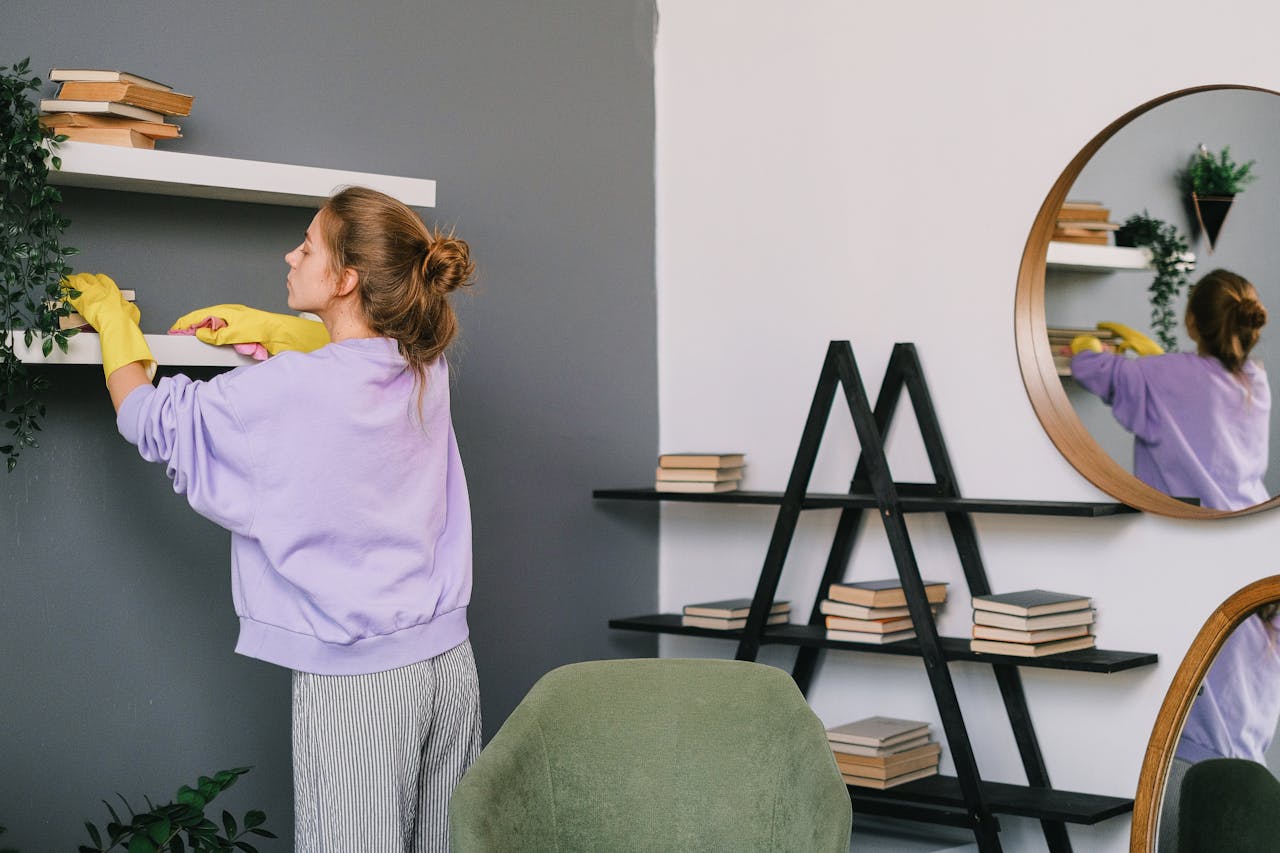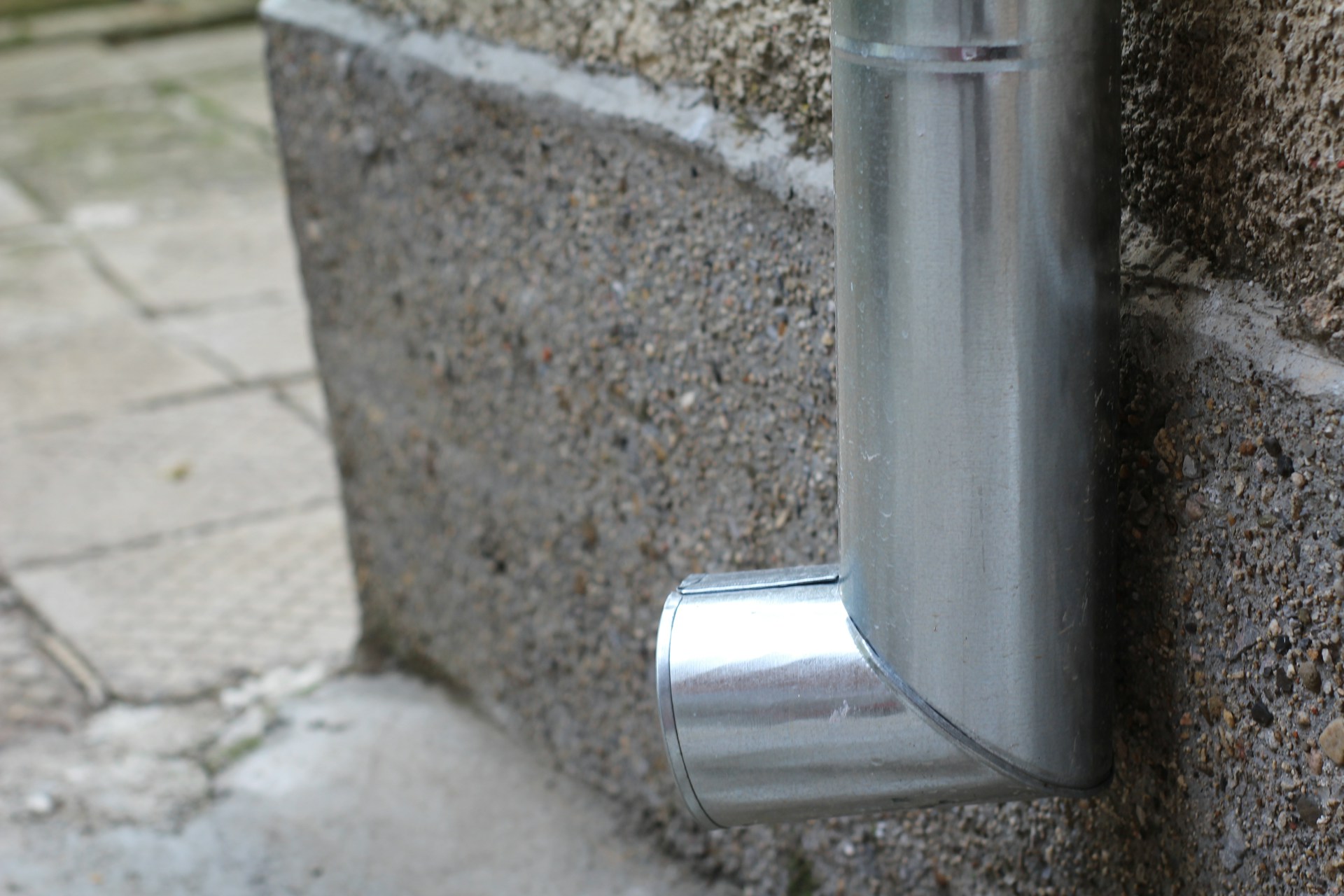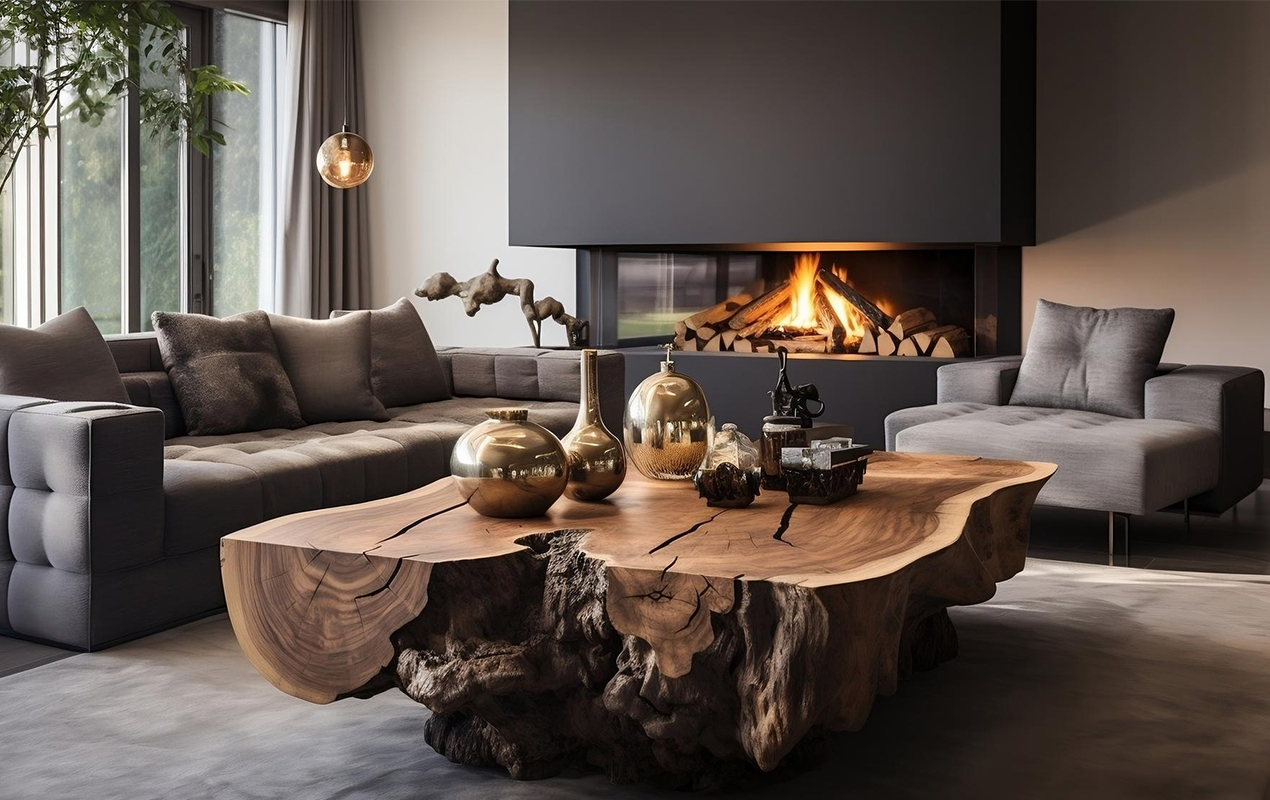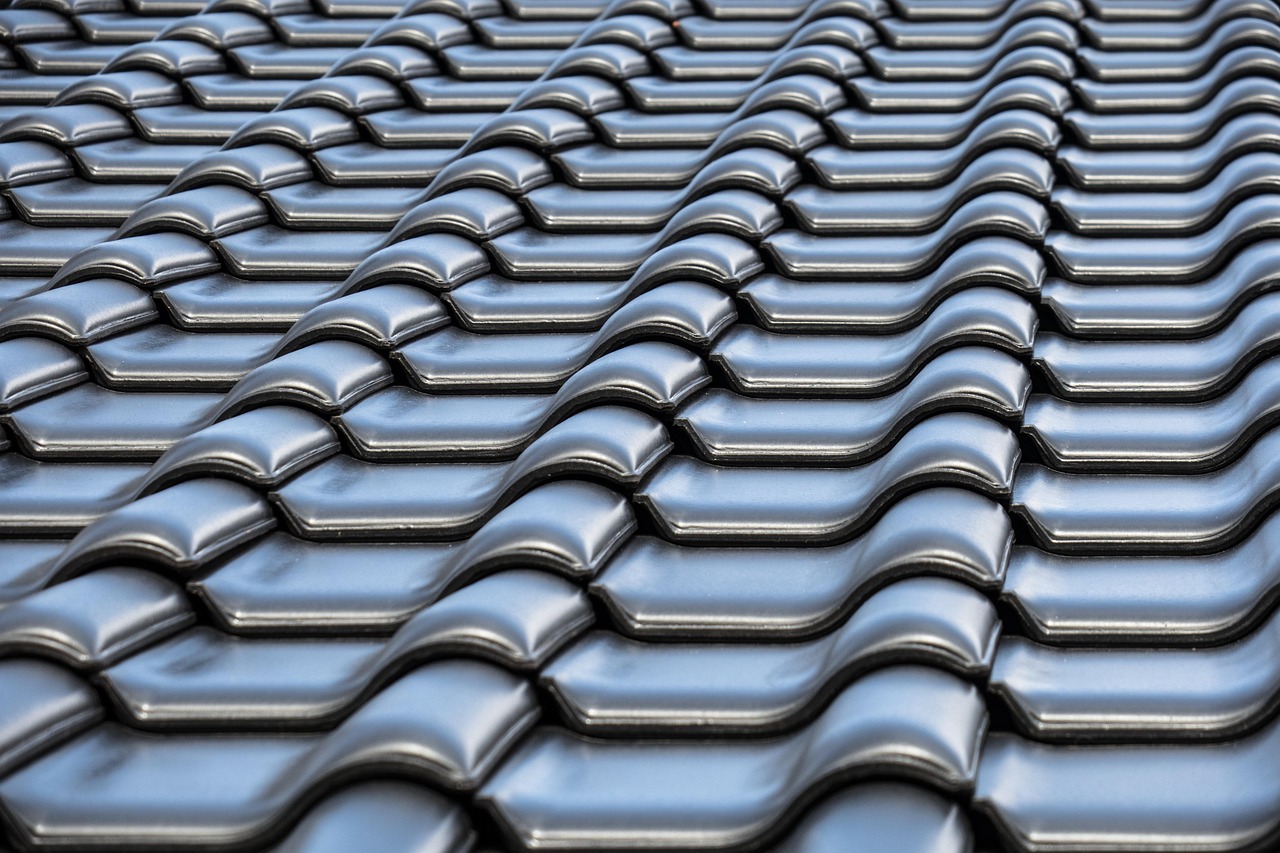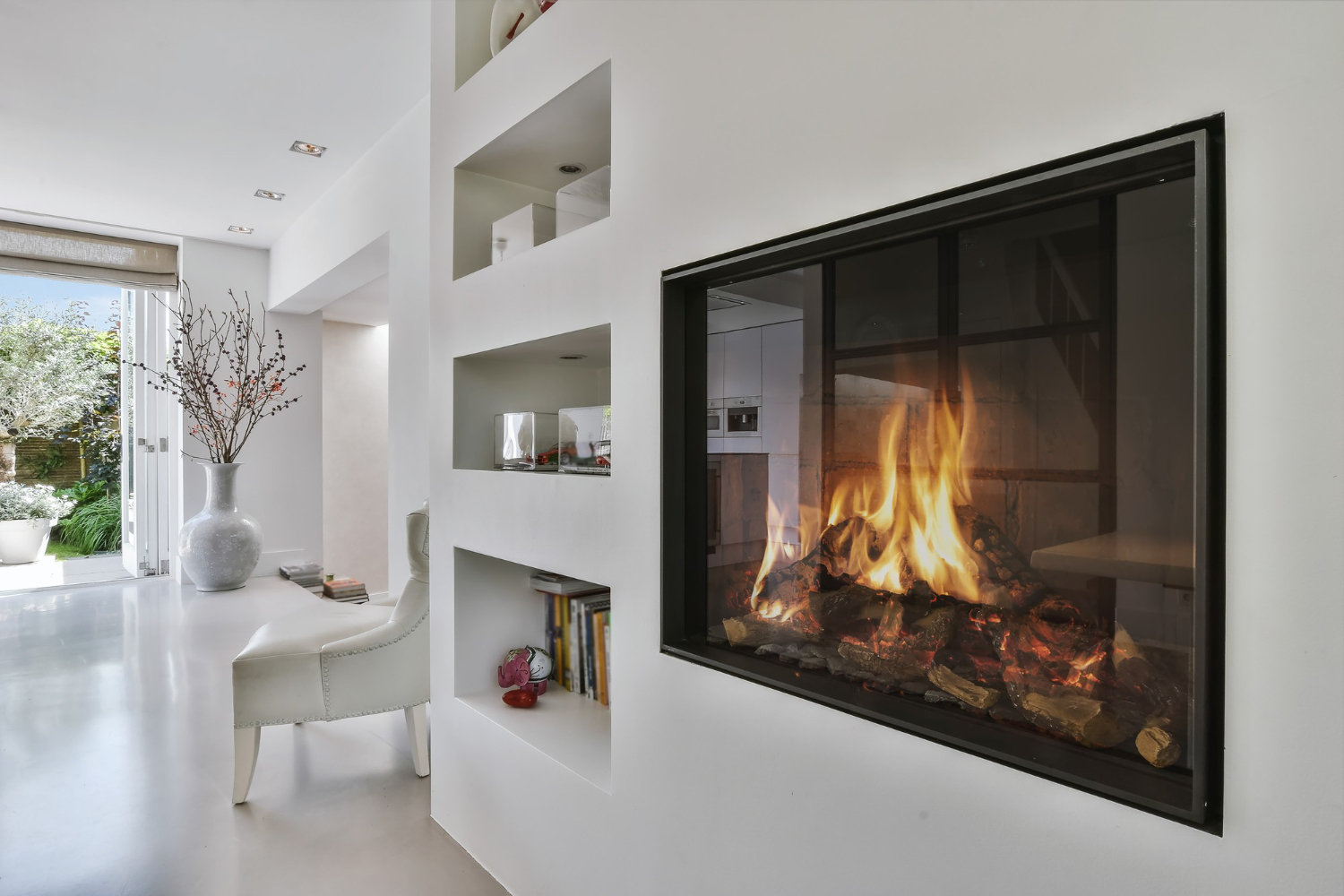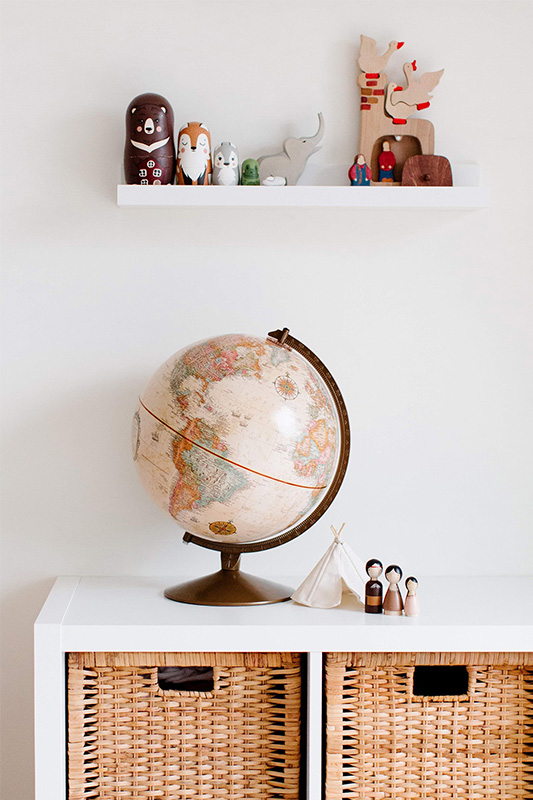Blog
How to Prepare Your Home for Winter Without Sacrificing Style

Winter preparation often conjures images of plastic sheeting over windows, bulky draft stoppers shoved under doors, and that eternal debate about cranking up the thermostat versus piling on more blankets. But preparing your home for cold weather doesn’t mean surrendering your carefully curated aesthetic. In fact, winterizing your space can enhance both its beauty and functionality when done thoughtfully.
The key is approaching winter readiness as an extension of your design philosophy rather than a necessary evil. With the right strategies, you can create a warm, inviting sanctuary that looks as good as it feels, all while keeping your energy bills in check.
Start with Your Heating Foundation
Before you focus on the visible elements of winter design, address the invisible infrastructure that makes everything else possible. Your heating system is the backbone of winter comfort, yet most homeowners only think about it when something goes wrong.
A well-maintained heating system operates more efficiently, costs less to run, and provides consistent warmth throughout your home. Schedule a professional inspection before the cold weather arrives. Technicians can identify worn components, clean crucial parts, and ensure your system is ready to handle months of continuous operation.
This isn’t just about avoiding breakdowns. An efficiently running system maintains even temperatures, eliminating those cold spots that make certain rooms unusable during winter months. That beautiful reading nook or home office you’ve designed becomes truly functional when it’s consistently comfortable.
Smart Temperature Zoning for Modern Living
One of winter’s biggest design challenges is maintaining different comfort levels in different spaces. Your open-concept kitchen generates cooking heat, your south-facing living room gets afternoon sun, and your bedroom needs to stay cool for quality sleep. Forcing your entire home to one temperature wastes energy and compromises comfort.
Ductless mini-split systems solve this elegantly. Each zone operates independently, allowing you to customize temperatures based on how you actually use your space. Keep your bedroom at a crisp 65 degrees for sleeping while maintaining your living areas at a cozy 70 degrees for evening gatherings. Lower the temperature in your home office during the day if you’re working elsewhere, then warm it up before you need it.
This flexibility isn’t just practical; it enhances how your spaces function. That guest room stays energy-efficient when unoccupied but welcomes visitors with instant warmth. Your home gym can stay cooler without affecting the rest of your house.
Layer Your Textiles Intentionally
Winter is the season for textiles, and layering them strategically adds warmth without visual clutter. Think of textiles as functional art that happens to keep you warm.
Start with your foundation pieces. Swap lightweight summer curtains for heavier drapes in rich, warm tones like deep burgundy, forest green, or warm charcoal. Thermal-lined curtains serve double duty, blocking drafts from windows while adding luxurious texture to your rooms. The weight and drape of winter fabrics creates a cozy atmosphere that lighter materials simply can’t achieve.
Layer rugs to add both warmth and visual interest. Place a plush sheepskin or thick wool rug over your existing area rug near seating areas. This creates warm landing spots for bare feet while adding dimension to your floor plan. In bedrooms, position a soft rug on each side of the bed so your first steps each morning are onto something warm and inviting.
Throws and pillows complete the layering strategy. Drape cable-knit throws over sofas and chairs where they’re easily accessible but look intentionally styled. Choose pillows in varied textures like velvet, faux fur, and chunky knits. The mix of textures catches light differently, adding depth and warmth to your space.
Seal Drafts with Style
Drafty windows and doors undermine both comfort and design. Cold air seeping in creates uncomfortable temperature fluctuations and forces your heating system to work overtime. But solutions don’t have to be eyesores.
For windows, invest in custom cellular shades that trap air in honeycomb pockets, creating an insulating barrier. These come in countless colors and opacities, allowing you to maintain your design vision while dramatically reducing heat loss. When closed at night, they can reduce window heat loss by up to 40%.
Door draft stoppers have evolved far beyond those tacky fabric tubes. Modern options include sleek threshold seals that mount invisibly under doors and weighted fabric stoppers in sophisticated patterns that complement your decor. For French doors or sliding glass doors, consider heavy curtain panels that can be drawn closed in the evening to create an additional insulating layer.
Weather stripping around door frames takes minutes to install and makes an immediate difference. Choose high-quality materials that will last multiple seasons rather than cheap foam strips that compress and fail quickly.
Optimize Your Air Quality Systems
Winter means closed windows and recirculated air, which is why indoor air quality becomes even more critical during cold months. Stale, dry air makes spaces feel less inviting, no matter how beautifully they’re decorated.
Start with the basics by changing your HVAC filters more frequently during winter. When your heating system runs constantly, filters trap more dust, pet dander, and airborne particles. A clogged filter restricts airflow, making your system work harder and circulating stale air throughout your home.
Consider adding a whole-home humidifier to combat winter’s dry air. Proper humidity levels between 30-50% make your space feel warmer at lower temperatures, allowing you to reduce heating without sacrificing comfort. Balanced humidity also protects your wood furniture from drying and cracking, preserves the integrity of your hardwood floors, and keeps your skin from feeling perpetually parched.
For homes in areas affected by wildfire smoke or those with family members who have allergies or respiratory sensitivities, advanced air purification systems ensure your indoor air stays fresh and clean even when windows must remain closed for months.
Create Cozy Lighting Layers
Winter’s shorter days mean you’ll rely more heavily on artificial lighting. Layer your lighting to create warmth and flexibility throughout your space.
Replace any cool-toned LED bulbs with warm-white options (look for color temperatures between 2700K-3000K). The golden glow mimics candlelight and instantly makes spaces feel cozier. Install dimmer switches on overhead lights so you can adjust brightness based on time of day and activity.
Add task lighting near reading chairs, at desks, and beside beds. Table lamps and floor lamps with warm bulbs create pools of inviting light that make spaces feel intimate and comfortable. String lights aren’t just for holidays; delicate copper wire lights in glass jars or draped over mirrors add magical warmth without looking juvenile.
Candles remain unmatched for creating cozy atmosphere. Group candles in varying heights on trays or in lanterns for safe, sophisticated ambiance. The flickering light and gentle warmth contribute to that intangible feeling of winter comfort.
Bring Life Indoors
Winter is when your indoor plants become even more valuable, both aesthetically and functionally. Plants naturally humidify the air through transpiration, helping combat winter dryness. They also improve air quality by filtering toxins and producing oxygen.
Group plants strategically near seating areas where you’ll appreciate both their beauty and their air-improving benefits. Choose varieties that thrive in lower light conditions like pothos, snake plants, or ZZ plants. Their lush greenery provides a refreshing contrast to winter’s muted outdoor palette.
Fresh branches like eucalyptus, pine, or birch bring organic texture and subtle scent to your winter decor. Display them in tall vases as living sculptures that connect your interior to the natural world outside.
The Foundation of Winter Comfort
All the styled throws and layered textiles in the world can’t compensate for a home that’s fundamentally uncomfortable. True winter readiness starts with ensuring your heating and air quality systems are operating at peak efficiency.
When your home maintains consistent, comfortable temperatures and circulates fresh, clean air, everything else falls into place. Your design choices can focus on aesthetics and personal expression rather than desperately trying to compensate for inadequate heating or poor air circulation.
This winter, invest in both the visible and invisible elements that transform your house into a warm, welcoming sanctuary. Your future self, bundled up with a good book in your perfectly temperate reading nook, will thank you.


